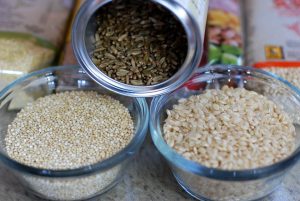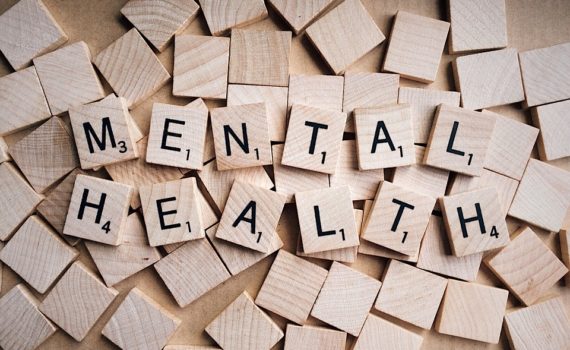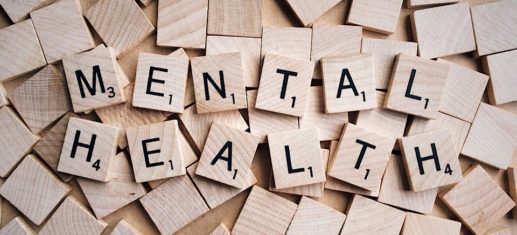The science of food which concerns itself with how food and its components play a role in our health is called nutrition.
Humans need food and water to survive. The main constituents of food that are needed for life are energy, measured as calories, and nutrients – macro-nutrients (proteins, fats and carbohydrates) and micro-nutrients (vitamins and minerals). Macro-nutrients are energy-containing nutrients and produce energy when they break down in the body via a process called metabolism.
Water is vital for staying healthy and hydrated. Our bodies need water to maintain pH balance, to transport molecules from place to place, and many other functions. Read more here – https://www.health.harvard.edu/staying-healthy/how-much-water-should-you-drink. You can get fluids from all beverages, as well as many fruits and vegetables.
Some basic information on nutrition can be found here – https://www.nutrition.gov/faqs.
Calories are a measure of energy that your body uses every day. Calorie needs vary by age, sex, and activity level. Find out the right number of calories for you here – https://www.choosemyplate.gov/MyPlatePlan.











